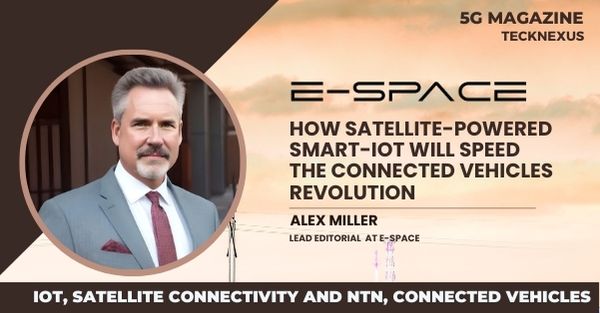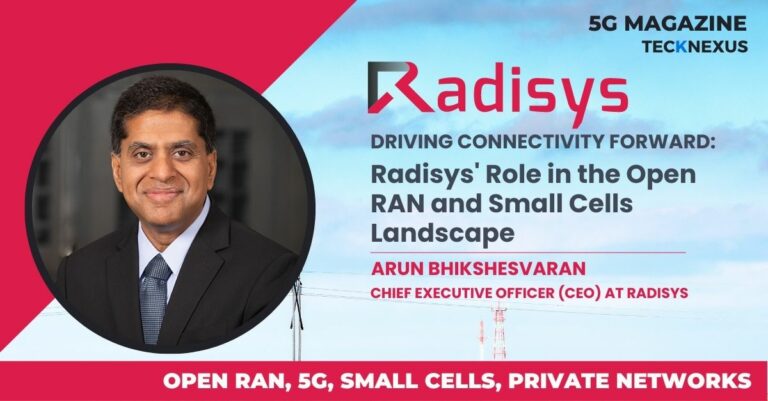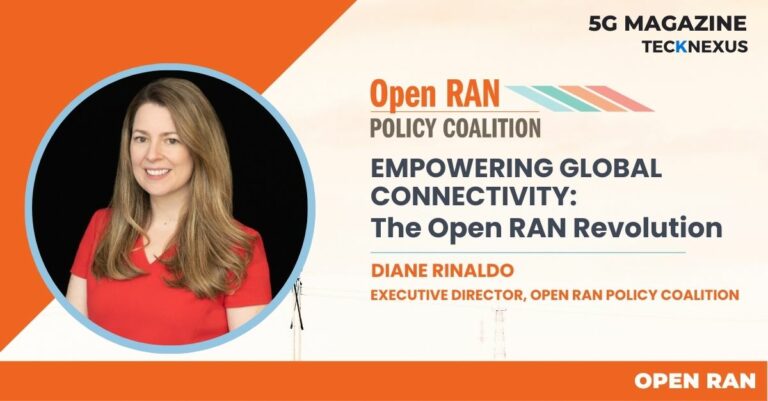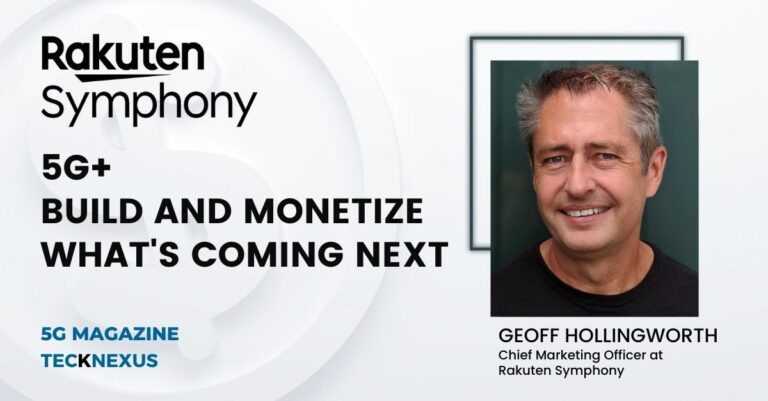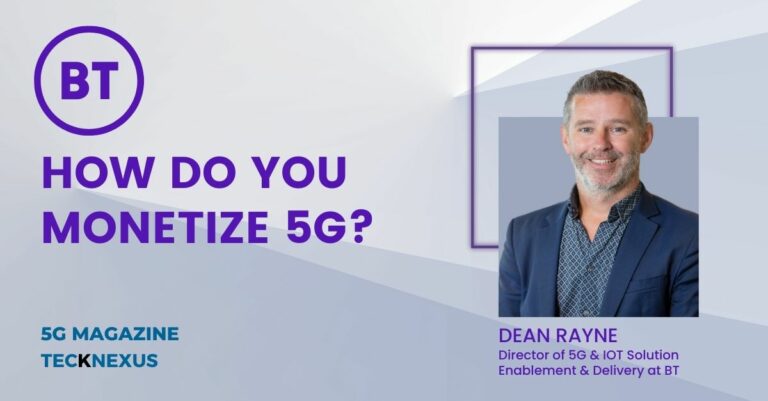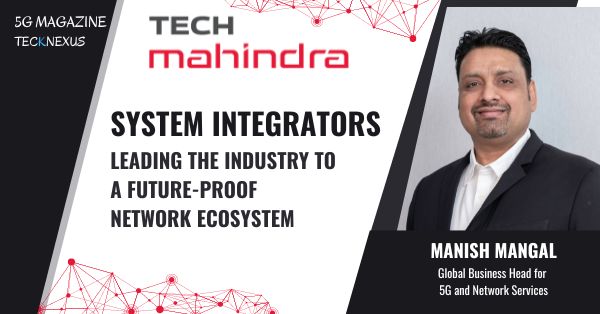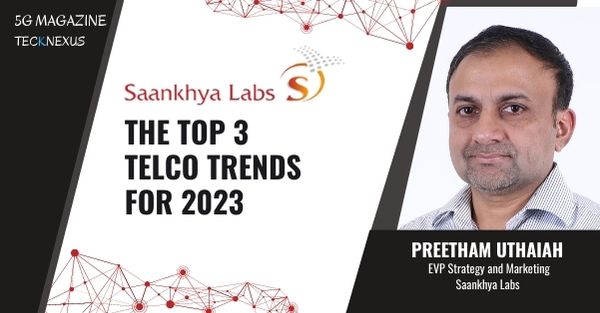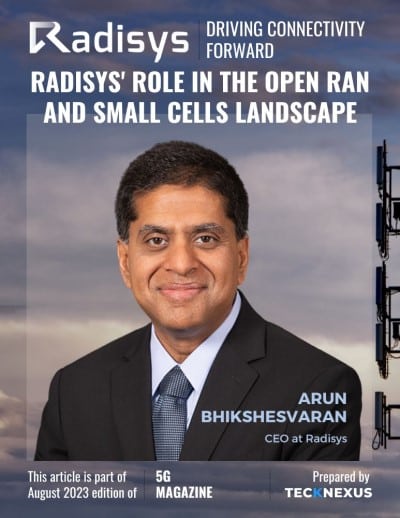Magazine
- March 20, 2024
The rise of smart vehicles, projected to surpass 470 million connected cars by 2025, is rapidly transforming the transportation landscape. Enabled by IoT, these vehicles offer real-time communication with infrastructure, on-the-go diagnostics, and advanced safety features. Yet, challenges like patchy cellular network coverage persist. From facilitating autonomous driving and vehicle-to-vehicle communication to enhancing safety and sustainability, satellite-powered IoT is set to accelerate the connected vehicles revolution, optimizing transportation efficiency and environmental impact.
Magazine
- March 20, 2024
The rise of smart vehicles, projected to surpass 470 million connected cars by 2025, is rapidly transforming the transportation landscape. Enabled by IoT, these vehicles offer real-time communication with infrastructure, on-the-go diagnostics, and advanced safety features. Yet, challenges like patchy cellular network coverage persist. From facilitating autonomous driving and vehicle-to-vehicle communication to enhancing safety and sustainability, satellite-powered IoT is set to accelerate the connected vehicles revolution, optimizing transportation efficiency and environmental impact.



